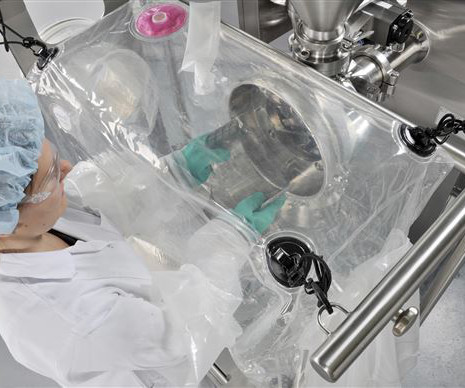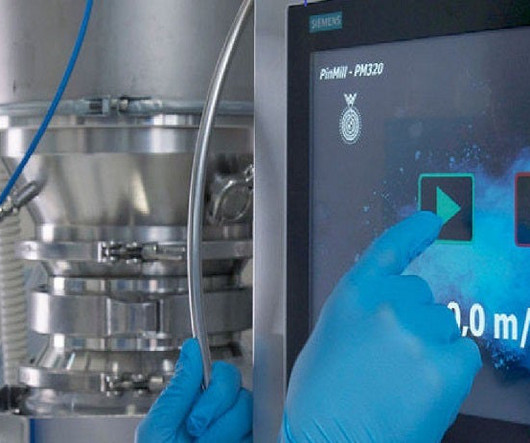Nanoparticles: Emerging Stars for Pharmaceutical Industry
Roots Analysis
FEBRUARY 20, 2022
Over the last decade, one of the major challenges faced by pharmaceutical players across the globe is low drug solubility. In fact, it has been observed that around 40% of the pharmaceutical products approved by regulatory organizations exhibit poor bioavailability / solubility. Nanoparticles Contract Manufacturing.













Let's personalize your content